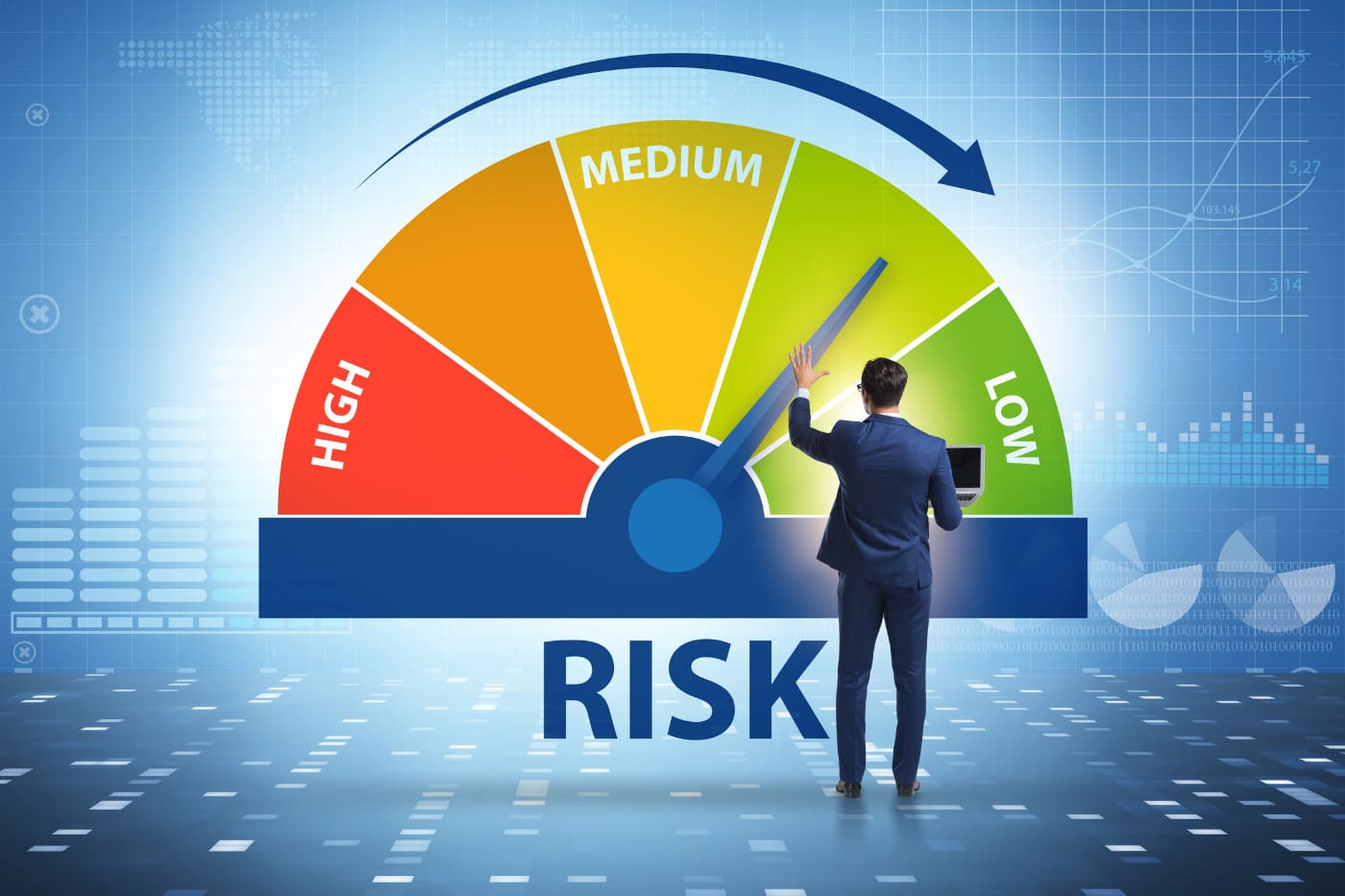Loss Prevention Strategies Coverage
Loss Prevention Strategies Coverage; Loss prevention is a crucial aspect of business management, aimed at minimizing financial losses due to theft, fraud, errors, and other risks. Effective loss prevention strategies are essential for businesses of all sizes and industries, as they help protect valuable assets, maintain profitability, and ensure long-term sustainability. In this comprehensive guide, we will delve into various loss prevention strategies, covering key areas such as inventory management, employee training, technology utilization, and risk assessment.
Understanding Loss Prevention
Loss prevention encompasses a range of practices and techniques designed to identify, prevent, and mitigate potential losses within a business. These losses can result from internal factors such as employee theft, administrative errors, and operational inefficiencies, as well as external factors including shoplifting, burglary, and fraudulent activities. By implementing robust loss prevention strategies, businesses can safeguard their assets, enhance security measures, and foster a culture of accountability and integrity.
Key Components of Loss Prevention Strategies Coverage
- Inventory Management
Effective inventory management is essential for minimizing losses related to shrinkage, which refers to the discrepancy between recorded inventory levels and actual inventory on hand. By implementing inventory control measures such as regular stock counts, cycle counting, and inventory audits, businesses can identify discrepancies promptly and address them before they escalate. Additionally, the use of inventory management software and barcoding technology can streamline processes, improve accuracy, and reduce the risk of theft and errors.
- Employee Training and Awareness
Investing in comprehensive training programs for employees is critical for fostering a culture of accountability and integrity. Employees should be educated about company policies and procedures related to security, theft prevention, and ethical conduct. Training sessions can cover topics such as recognizing suspicious behavior, handling cash securely, and following proper inventory handling protocols. By empowering employees with the knowledge and skills to identify and address potential risks, businesses can significantly reduce the likelihood of internal theft and fraud.
- Security Measures
Implementing robust security measures is essential for protecting physical assets, premises, and sensitive information. This may include installing surveillance cameras, access control systems, and alarm systems to deter theft and unauthorized access. Adequate lighting, signage, and visible security presence can also act as deterrents to potential perpetrators. Businesses should conduct regular security assessments to identify vulnerabilities and implement appropriate safeguards to mitigate risks effectively.
- Fraud Prevention
Fraudulent activities pose a significant threat to businesses, ranging from payment fraud and identity theft to financial statement fraud and procurement fraud. Implementing fraud prevention measures such as segregation of duties, internal controls, and fraud detection software can help detect and prevent fraudulent activities before they cause substantial financial losses. Businesses should also establish clear reporting mechanisms for employees to report suspected fraud or unethical behavior confidentially.
- Vendor and Supply Chain Management
Managing vendor relationships and supply chain activities is crucial for minimizing risks related to supplier fraud, counterfeit products, and supply chain disruptions. Businesses should conduct due diligence when selecting vendors and suppliers, verifying their credentials, financial stability, and adherence to ethical business practices. Implementing vendor management systems, supplier audits, and contractual safeguards can help mitigate risks and ensure the reliability and integrity of the supply chain.
- Data Security
Protecting sensitive data such as customer information, financial records, and intellectual property is paramount in today’s digital age. Businesses should implement robust cybersecurity measures, including encryption, firewalls, and antivirus software, to safeguard against data breaches and cyberattacks. Employee training on data security best practices, such as password management and phishing awareness, is essential for mitigating the risk of human error and insider threats.
- Compliance and Regulatory Compliance
Adhering to regulatory requirements and industry standards is critical for avoiding fines, penalties, and reputational damage. Businesses should stay informed about relevant laws and regulations governing their industry and ensure compliance through regular audits and assessments. Implementing internal controls, policies, and procedures aligned with regulatory requirements can help mitigate compliance risks and demonstrate a commitment to ethical and lawful business practices.
Conclusion on Loss Prevention Strategies Coverage
Loss prevention is a multifaceted discipline that requires a proactive and holistic approach to mitigating risks and protecting business assets. By implementing comprehensive loss prevention strategies encompassing inventory management, employee training, security measures, fraud prevention, vendor management, data security, and regulatory compliance, businesses can minimize financial losses, enhance security, and foster a culture of integrity and accountability. Investing in loss prevention is not only a prudent business decision but also essential for sustaining long-term profitability and success in today’s competitive marketplace.






